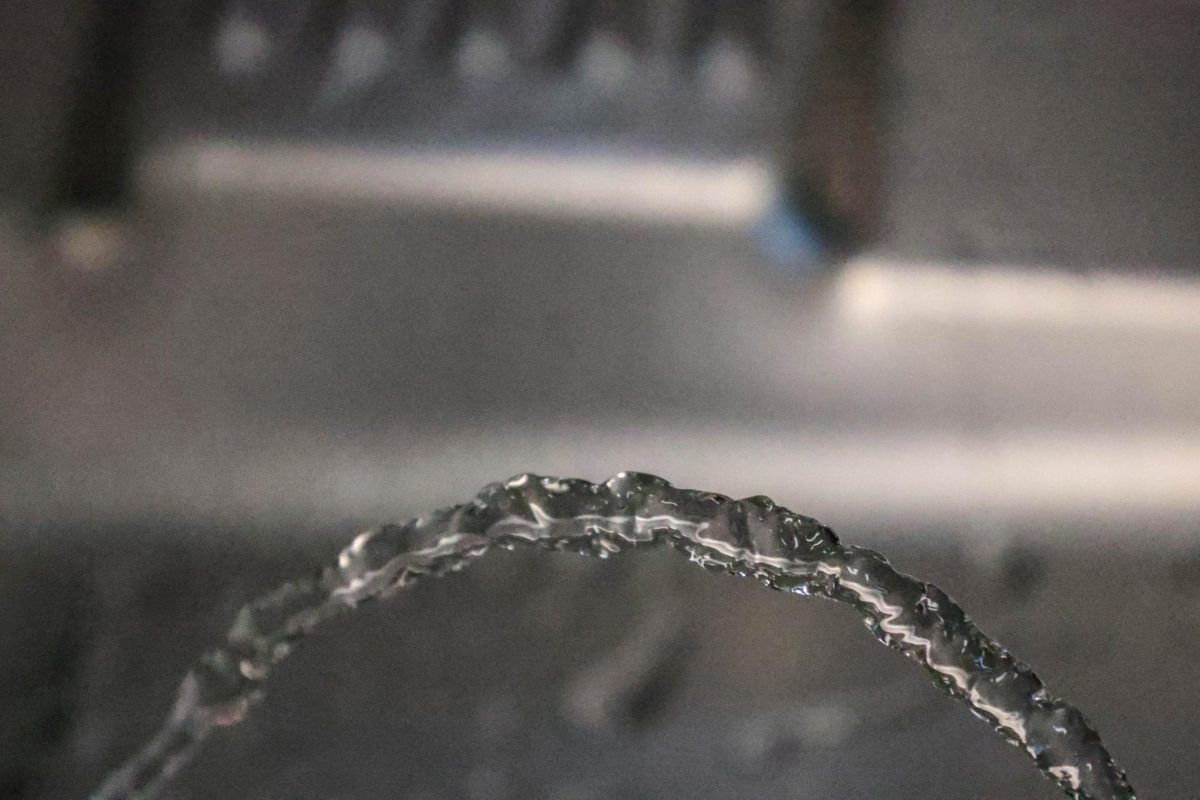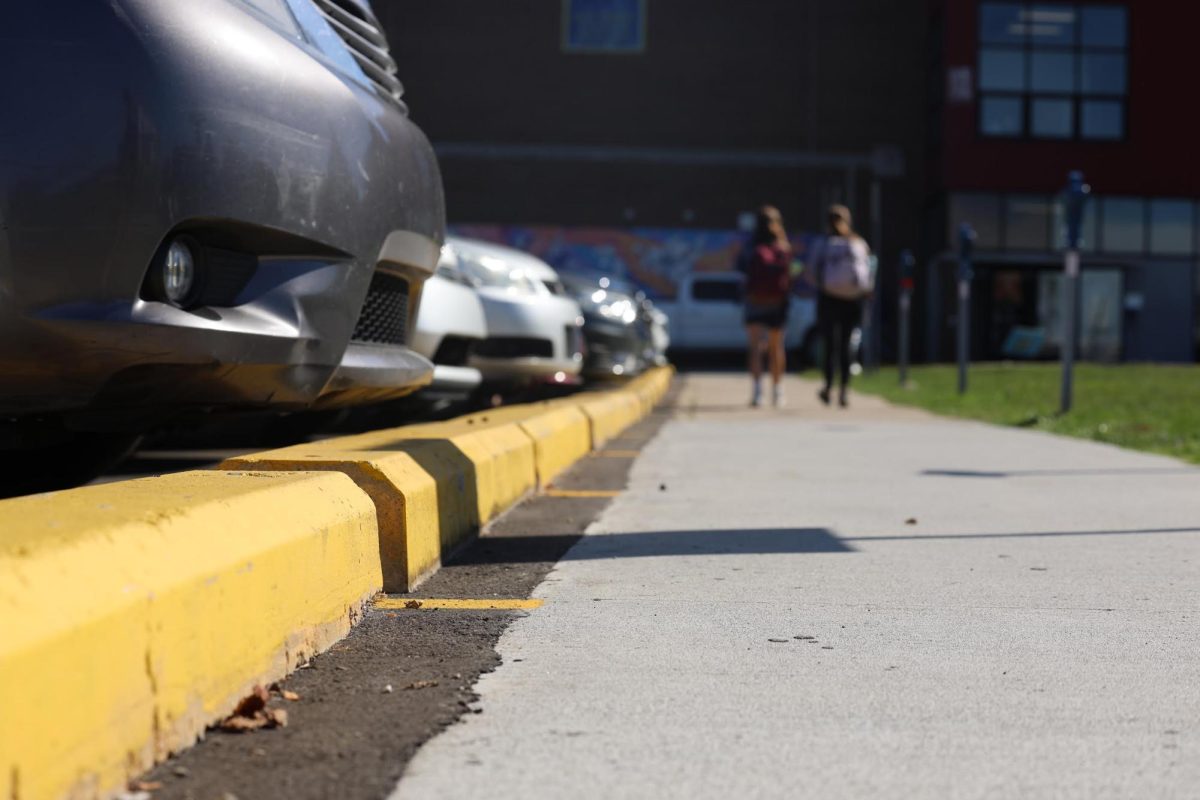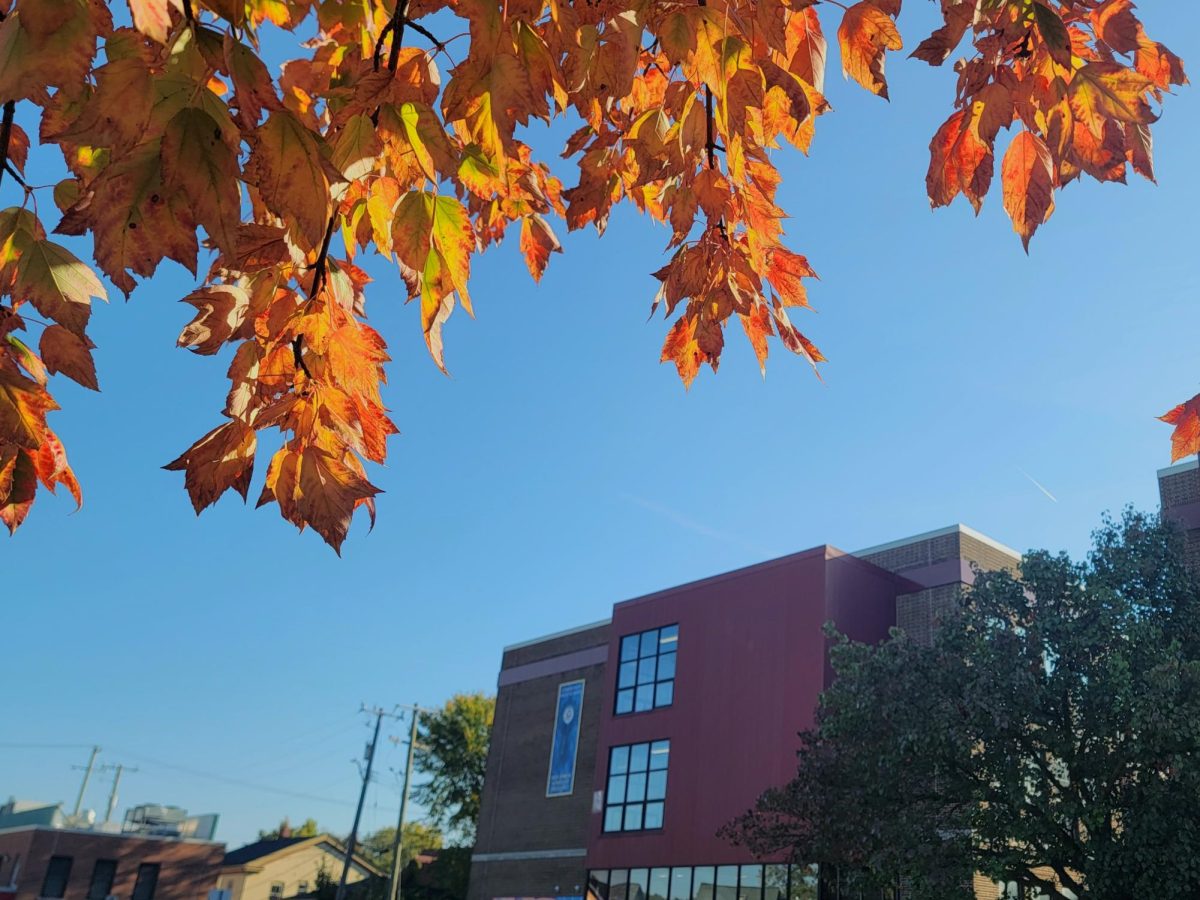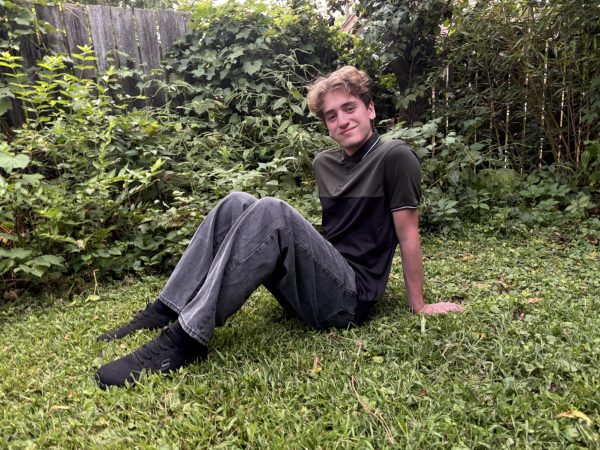At just eight years old, activist Mari Copeny flipped a switch on the Flint water crisis and saved over 100,000 people.
In 2014, the city of Flint, Michigan, changed its source of drinking water from Lake Huron to the Flint River—an untreated and highly corrosive source—in an effort to cut costs. This decision brought about widespread lead contamination throughout the city, exposing tens of thousands of residents to toxic water and triggering a major public health crisis. In response, Copeny wrote a letter to former President Barack Obama, urging him to visit Flint and meet with affected residents. His visit brought national attention to the problem and ended with the authorization of $100 million to help repair the city’s water system.
Continuing her advocacy, Copeny took action again in 2018 when Michigan stopped providing free bottled water to Flint residents. Copeny raised over $280,000 to supply clean bottled water to the community, distributing over a million bottles. Expanding her impact even further, she later partnered with a water filtration company to provide sustainable clean water solutions to Flint and other communities around the world grappling with toxic water issues.
A common assumption many hold is that only adults have the power to make a difference. But arguably, the Flint water crisis wouldn’t have been solved if it hadn’t been for Copeny, an elementary school student.
“Kids need to see themselves as superheroes,” Copeny said in an interview with The Washington Post about her work. “You are never too young or too small to change the world.”
Here at CHS, many students are doing things they believe will make a positive difference. At the start of the 2024-25 school year, junior Piper Cooke founded the Glass Half Full club, which she runs as co-president with sophomore Lila Sarnecki. Glass Half Full hosts fundraisers at CHS to raise money for different organizations.
One foundation the club raised money for was the Dr. Loran Breen Heroes Foundation, which is committed to providing mental health services for health workers. The club also raised funds for the Women’s Reproductive Rights Assistance Project, the only national nonprofit that provides financial assistance to those who are unable to pay for safe, legal abortions or emergency contraceptives. The club meets every Wednesday to discuss causes they want to support.
“During the club meetings, we discuss what our next fundraisers are going to be and who we want to fundraise for,” Sarnecki said. “But one of my favorite things we do is talking about important things that are happening in the news and if there are things in the news we want to raise money for and support.”
Cooke started Glass Half Full to make a difference in the world by focusing on issues that affect people in her community.
“I really care about my community,” Cooke said. “I have a lot of understanding of social issues and underrepresented communities and what it means to be in an underrepresented community. I was really interested in making a positive change in my community and impacting people’s lives.”
Throughout history, countless individuals who have taken action—like Copeny and the co-presidents of Glass Half Full—have changed the world. An example would be African American Rosa Parks.
In Montgomery, Alabama, in 1955, a bus driver demanded that Parks give up her seat to a white passenger and move to the back of the bus. In an act of defiance against the driver, against Montgomery’s city ordinance segregating bus passengers by race and against Jim Crow more broadly, Parks refused to give up her seat.
Parks’ refusal inspired a year-long boycott of the Montgomery bus system by tens of thousands of individuals, which ended successfully with a Supreme Court ruling that declared segregation on public buses to be unconstitutional. Even more significantly, Park’s refusal became one of the leading factors which influenced the Civil Rights Movement, which was successful in permanently outlawing racial discrimination and overruling Jim Crow laws in America. Parks sparked these changes by bringing national attention to how people all across the South were being discriminated against daily simply because of the color of their skin.
The reverberations of Parks’ action of refusing to move to the back of the bus are a real-life demonstration of the butterfly effect.
In 1972, American mathematician and meteorologist Edward Lorenz coined the term “butterfly effect” to refer to the way that small actions or coincidences can have far-reaching impacts. For example, if a man chooses to get coffee at a particular cafe one day, he could meet his future wife there. The two of them could collaborate on a research project that would lead to their discovery of a cure for cancer, an outcome that could have never unfolded if the man had not gone to that cafe on that day.
If Parks had complied with the bus driver and agreed to give up her seat, the Montgomery Bus Boycott would not have occurred. The Civil Rights Movement might not have gained momentum, and Jim Crow laws might still be in place today if Parks hadn’t done what she did.
So who has the power to make a difference? This is a question many think about and many think they know the answer to. Most assume that the only people who can make change are those who wield political, social or economic power: only corporations can slow global warming, only state legislatures can end gun violence, only billionaires can end the homeless crisis. As Parks demonstrates, this is in fact not true. Parks was an ordinary woman living in the South when she refused to leave her seat. All of us have the power to help slow global warming, end gun violence or end the homeless crisis. Like Parks, we just need to create a spark that ignites a sequence of positive changes.
The only reason we haven’t acted is because we don’t realize that we have power. We feel like we’re one drop of water in a rainstorm. We feel that we aren’t important enough to do anything significant and we don’t have the agency to make a difference.
But we do have the agency to change the world. Beyond Parks, countless individuals throughout history have taken action in ways that have left a permanent mark on society.
For example, when author Hariet Beecher Stowe published the novel “Uncle Tom’s Cabin” in 1851, she made visible to her audiences the horrors of slavery. Stowe’s novel humanized enslaved people and influenced the way they were viewed by white society, creating national and ultimately international support for the abolition of slavery.
“So you’re the little woman who wrote the book that started this big [Civil] war,” said Abraham Lincoln when he met Stowe.
In 1776, Thomas Paine published “Common Sense,” a 47-page pamphlet that addressed the countless injustices the British king had committed against the American colonists and that advocated for independence from Great Britain. Paine’s work was extremely effective in uniting the thirteen colonies and motivating colonists to fight for independence. Without Paine’s pamphlet, the United States could still be under British rule today.
The actions of Glass Half Full reveal how simple change can be. It’s not necessary to engage in monumental action, such as writing to the president, like Copeny; writing a 600-page book, like Stowe; or spreading radical arguments, like Paine. Small, consistent efforts can compound over time, creating a profound impact. This is the butterfly effect. It’s enough to donate money to organizations that are doing positive work or to help spread awareness about issues, like Glass Half Full strives to do; these small actions can create a chain reaction and make a lasting impact.
“In this day and age, so many people are struggling and there’s way too much hatred in the world,” Sarnecki said. “In the Glass Half Full club, we really want to make sure that people have access to things and have support. The way that we try to accomplish that isn’t by helping people directly but by donating to organizations that can spread messages further than we can, which is just as important.”
Glass Half Full additionally reveals how much power collective action holds. Collective action is when communities of like-minded people work together to achieve common goals. When communities of people with similar goals come together, their voices, skills and resources are amplified, which can create momentum for change that can be stronger than any single person can generate on their own.
“We decide collectively who we want to support based on our views,” Sarnecki said. “Through the fundraisers we do, we learn a lot about the community at CHS and how the community here is willing to support the organizations that we all individually would want to support as well.”
As we take action, one small step at a time, we can shape a future that is just, fair, equitable and safe. Every action we take creates a ripple effect of change that could end up saving the world. Change doesn’t always start with somebody wielding immense power; change can start with anybody. Change could start with you.










